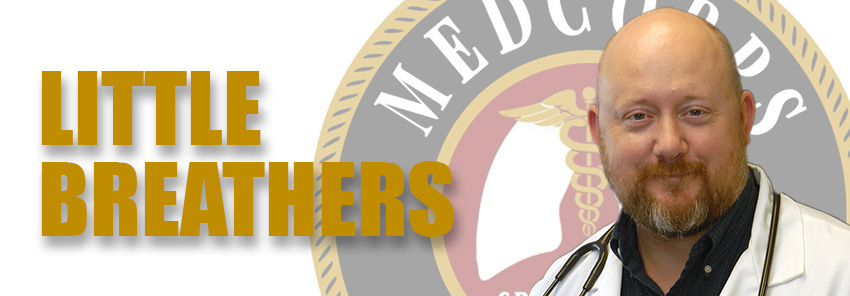
5 Ways to Manage Sleep Apnea without CPAP
By Allen L. Silvey, Jr., DO
Sleep apnea is a sleep disorder that affects millions of people worldwide. The condition causes breathing to stop and start repeatedly throughout the night during sleep, leading to a range of health problems. The most common treatment for obstructive sleep apnea is continuous positive airway pressure (CPAP) therapy. However, some people may find CPAP machines uncomfortable and cannot tolerate treatment. Although CPAP is the gold standard for treatment of obstructive sleep apnea, there are other ways to manage this condition without using a CPAP machine. In this article, we'll discuss five ways to manage obstructive sleep apnea without CPAP.
- Lifestyle changes
- Positional therapy
- Oral appliances
- Surgery
- Breathing exercises
Lifestyle changes can significantly improve sleep apnea symptoms. Maintaining a healthy weight, avoiding alcohol and sedatives, quitting smoking, and exercising regularly can all help reduce the severity of sleep apnea. These lifestyle changes can improve breathing, increase oxygen levels, and reduce inflammation, which can all contribute to better sleep.
Positional therapy involves changing the sleeping position to reduce sleep apnea symptoms. Sleeping on your back can make sleep apnea symptoms worse, as gravity can cause the tongue and soft tissues to obstruct the airway. Sleeping on your side or belly can help keep the airway open, making it easier to breathe. Some people find it challenging to sleep on their side, so they may use special pillows or devices that prevent them from rolling onto their back.
Oral appliances are custom-made mouthguards that can help keep the airway open during sleep. These devices work by repositioning the jaw and tongue, making it easier to breathe. While oral appliances can be effective for mild to moderate sleep apnea, they may not be suitable for severe cases. Consult one of our providers to determine if an oral appliance is right for you.
Surgery may be an option for people with severe sleep apnea who cannot tolerate CPAP or other treatments. Surgical procedures may involve removing excess tissue from the throat, implantation of the Inspire device, repairing abnormalities in the nasal passages or throat, or repositioning the jaw. However, surgery is usually considered a last resort, and its effectiveness may vary depending on the individual.
Breathing exercises, such as deep breathing, diaphragmatic breathing, and pursed-lip breathing, can help strengthen the muscles in the throat and improve breathing during sleep. These exercises are often used in conjunction with other treatments, such as lifestyle changes or positional therapy.
In conclusion, sleep apnea can have a significant impact on your quality of life. While CPAP therapy is an effective treatment for obstructive sleep apnea, it may not be suitable for everyone. Although CPAP is the gold standard for treatment, there are several other ways to manage sleep apnea without using a CPAP machine. By making lifestyle changes, trying positional therapy, using oral appliances, considering surgery, or practicing breathing exercises, you can significantly reduce sleep apnea symptoms and improve your sleep quality. Consult one of our providers to determine if one of these alternative treatments are right for you. We have 3 convenient locations in South Jersey. So make time for your health and call us today for an appointment!



